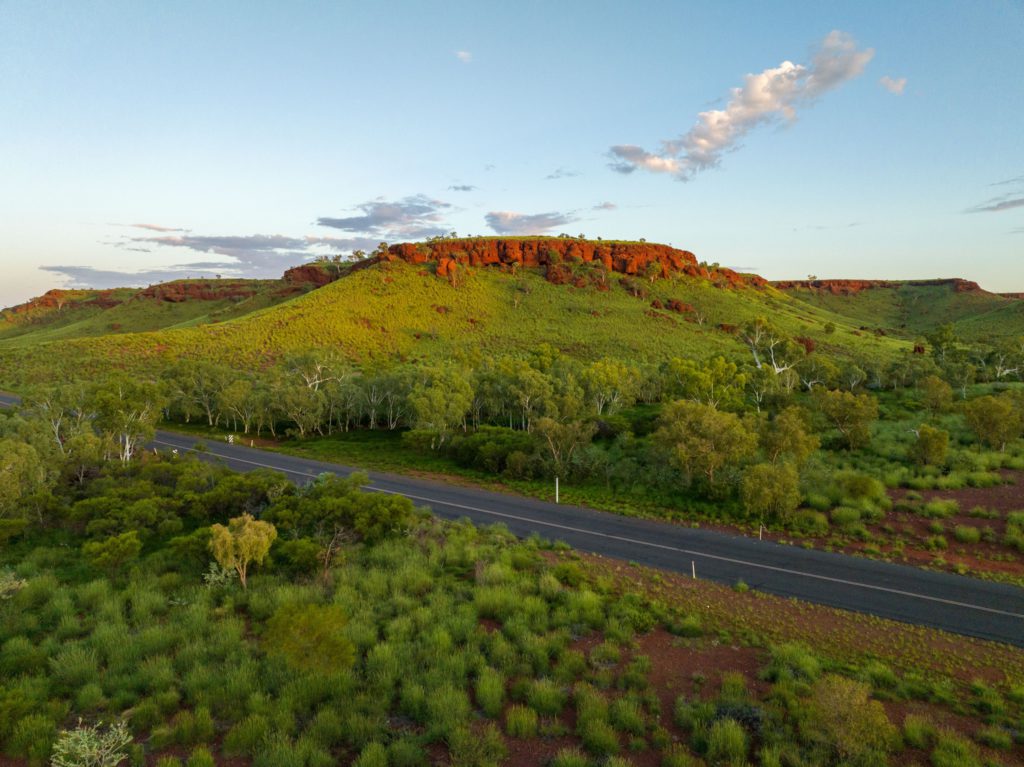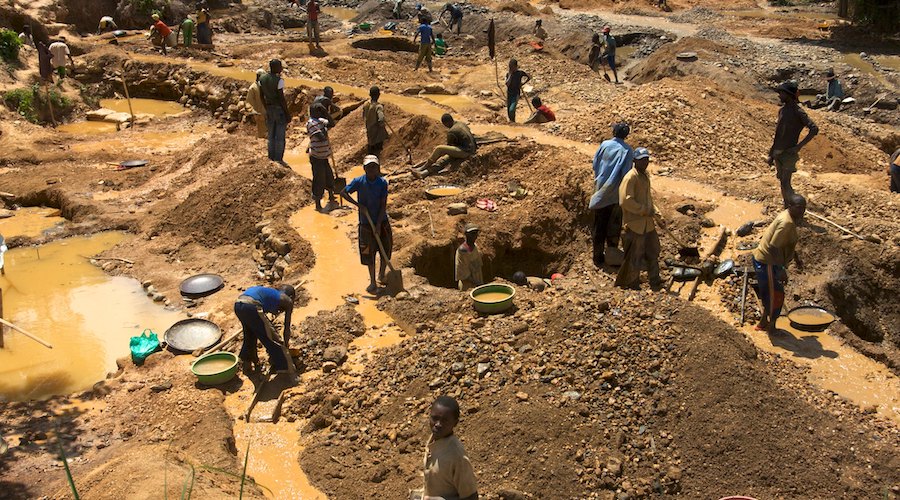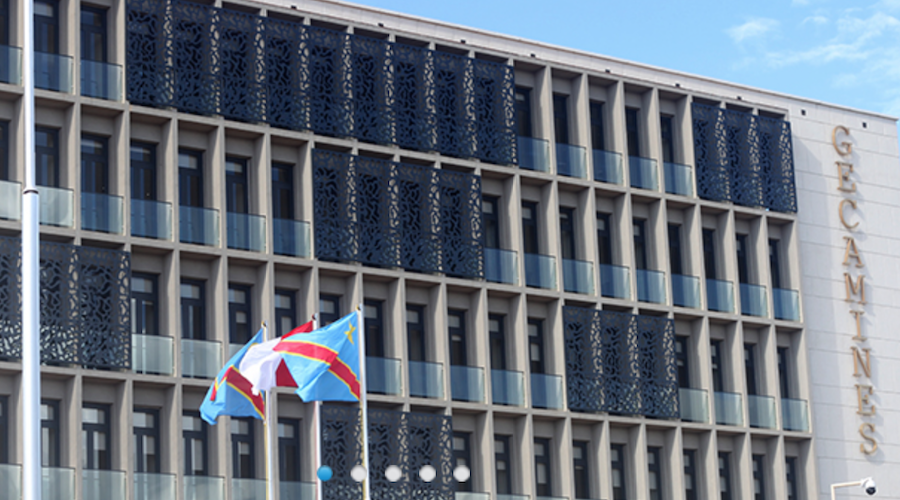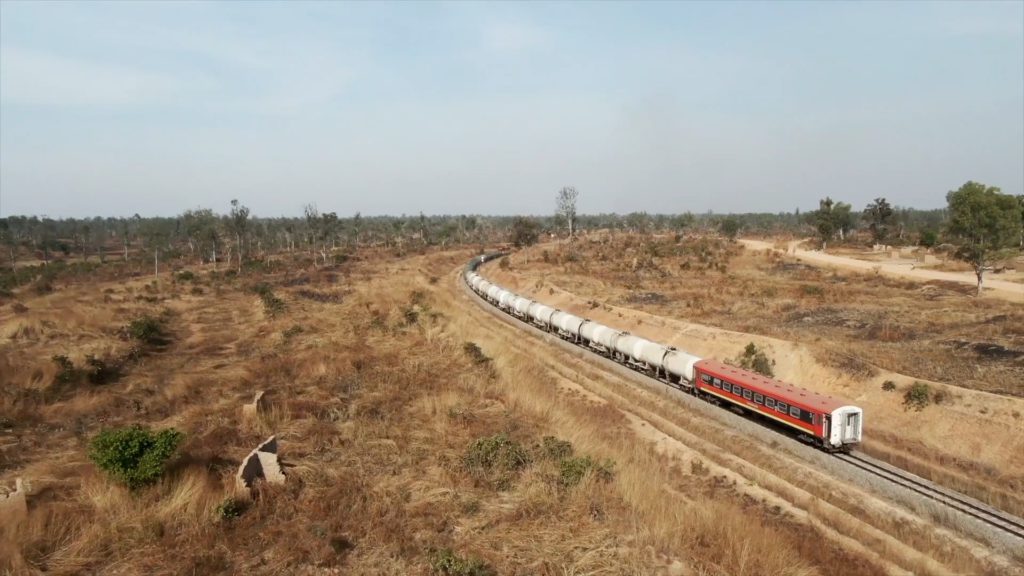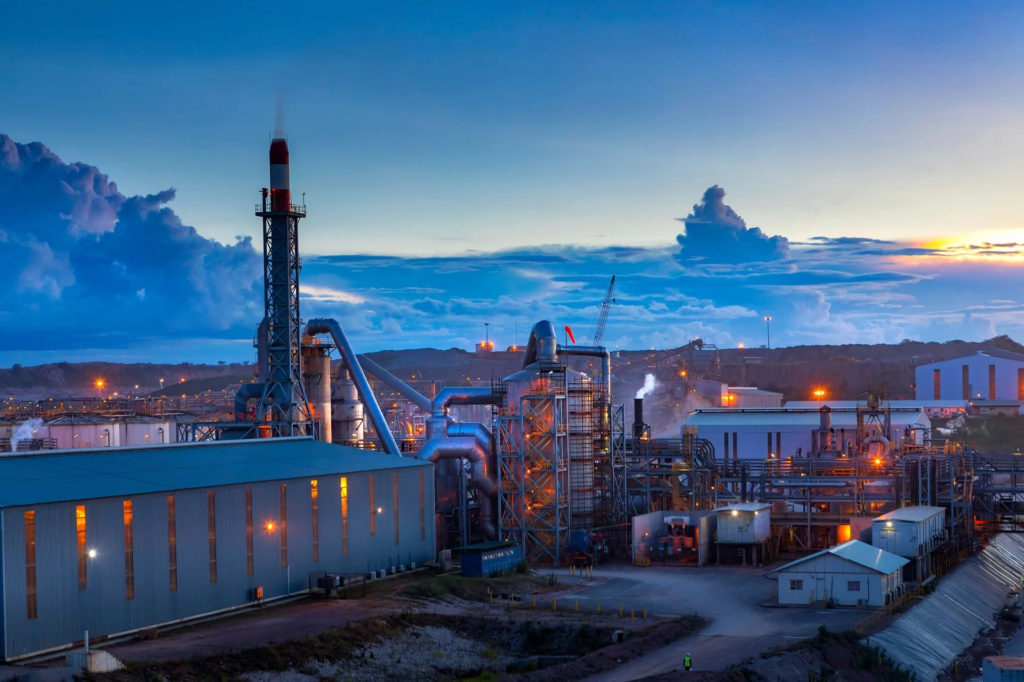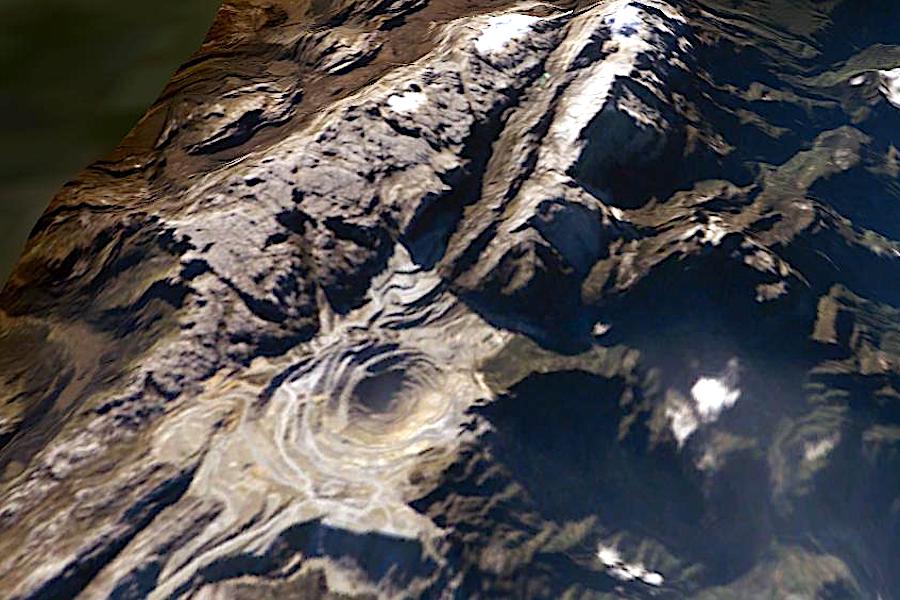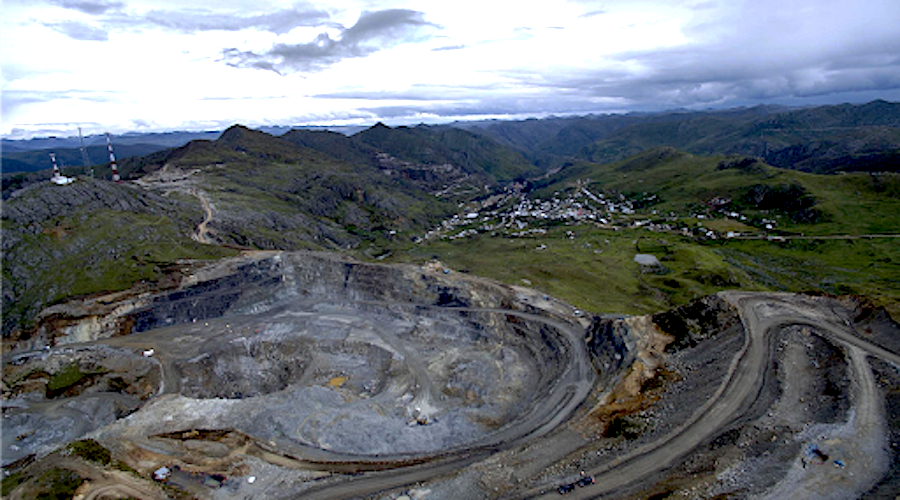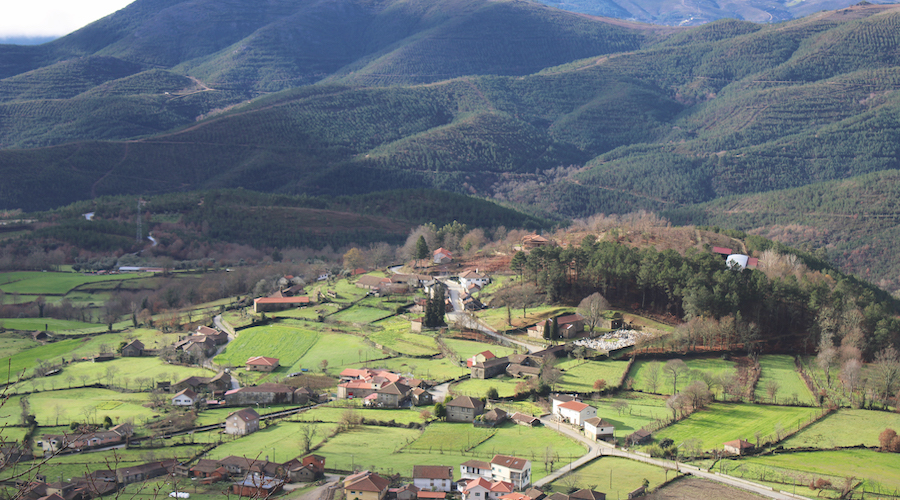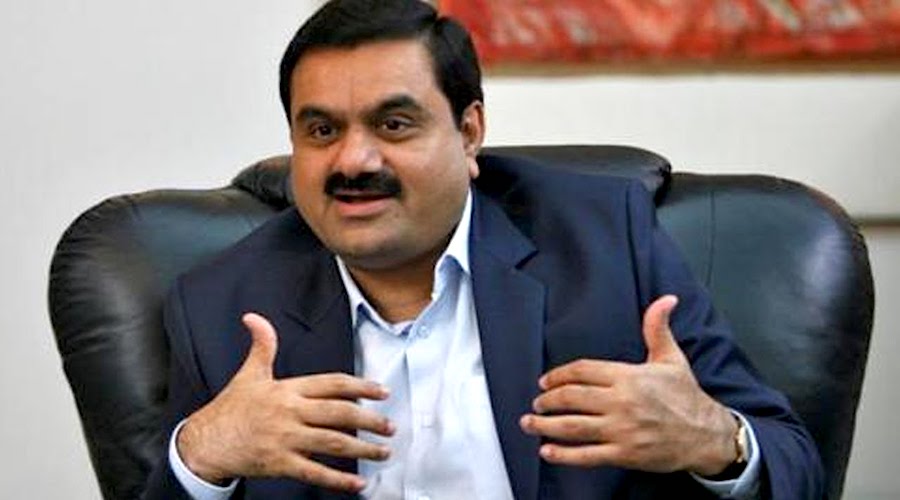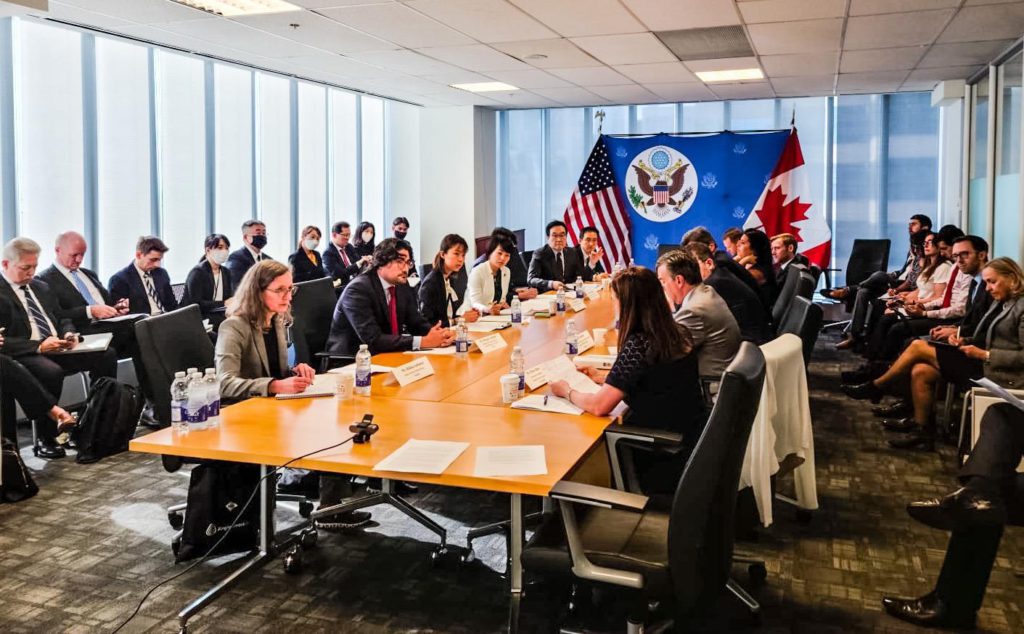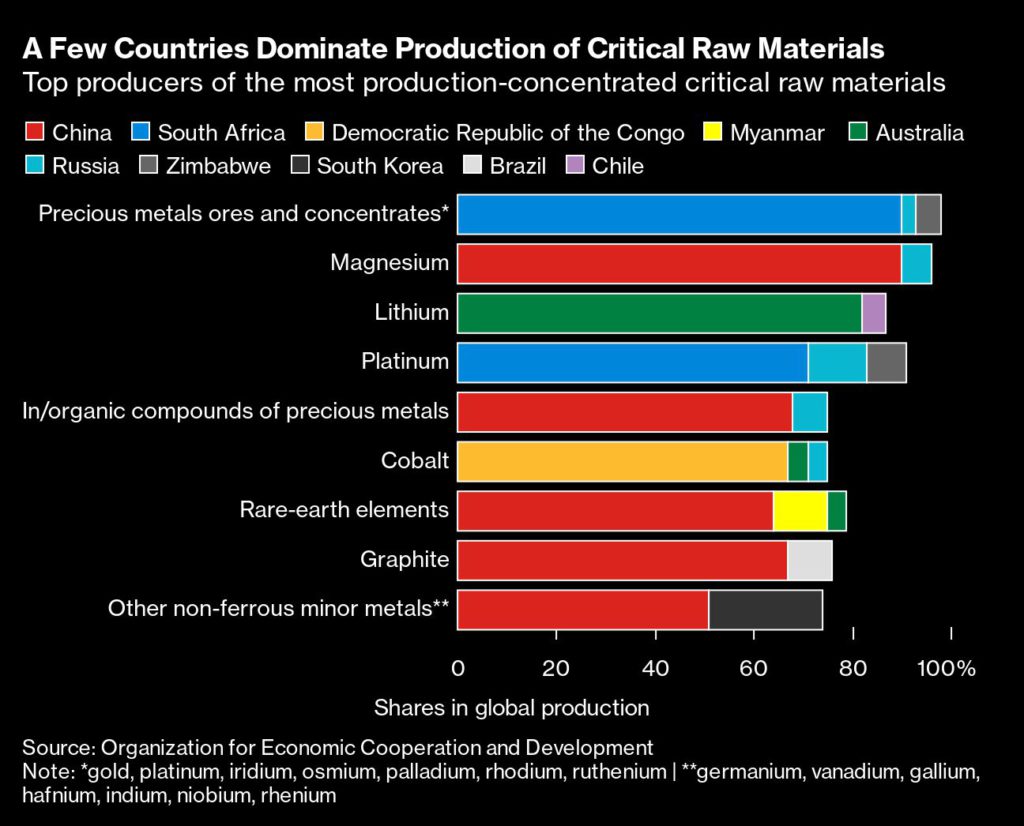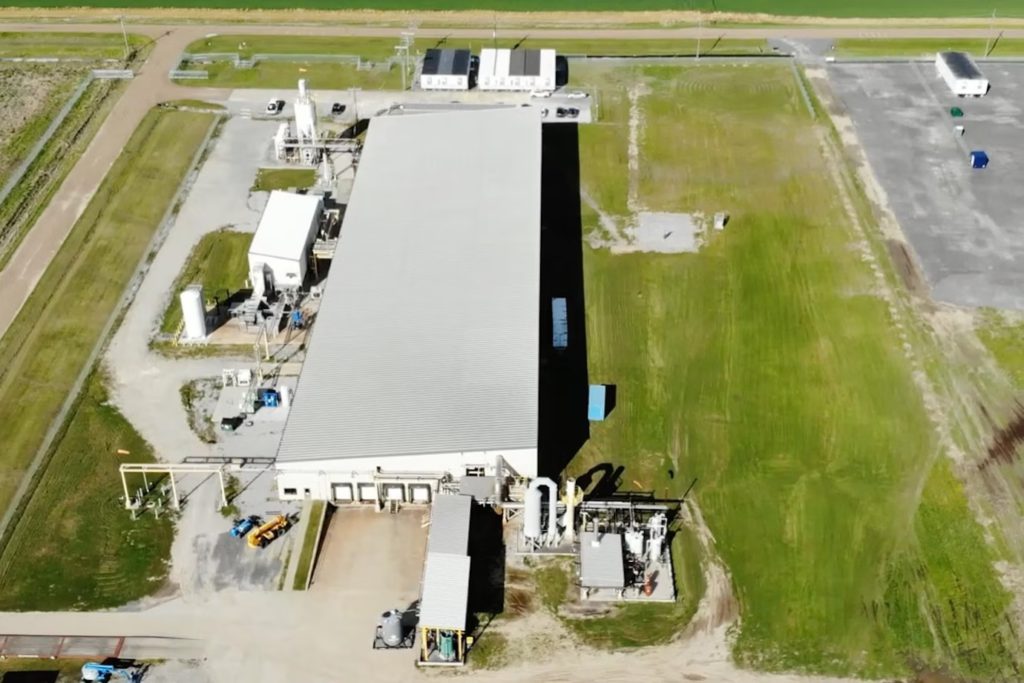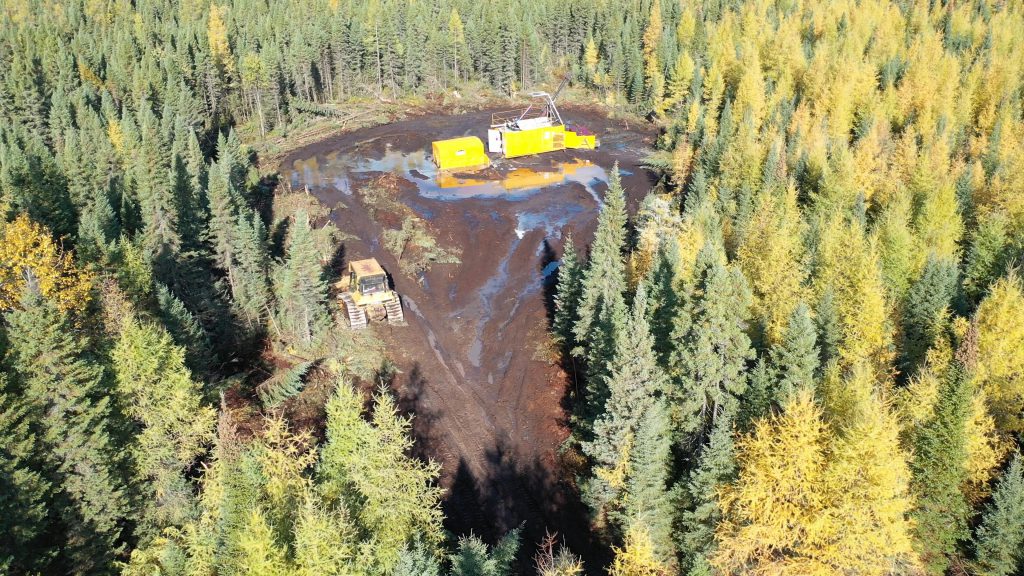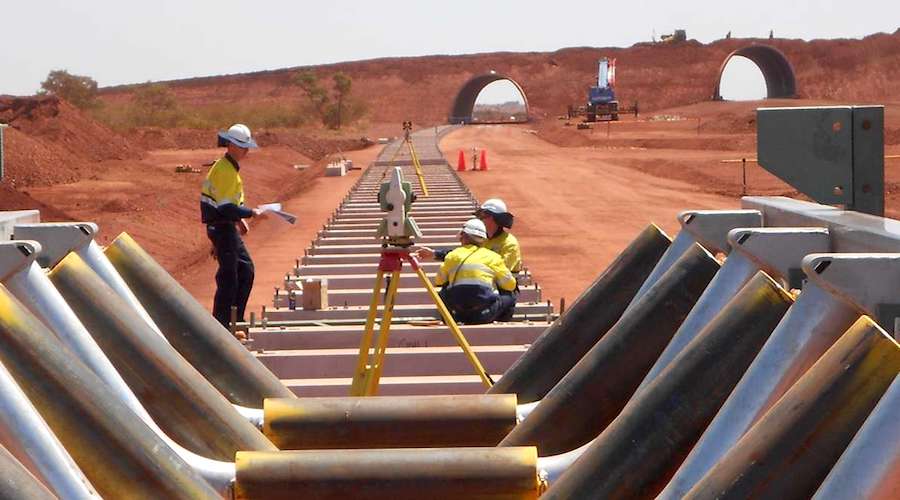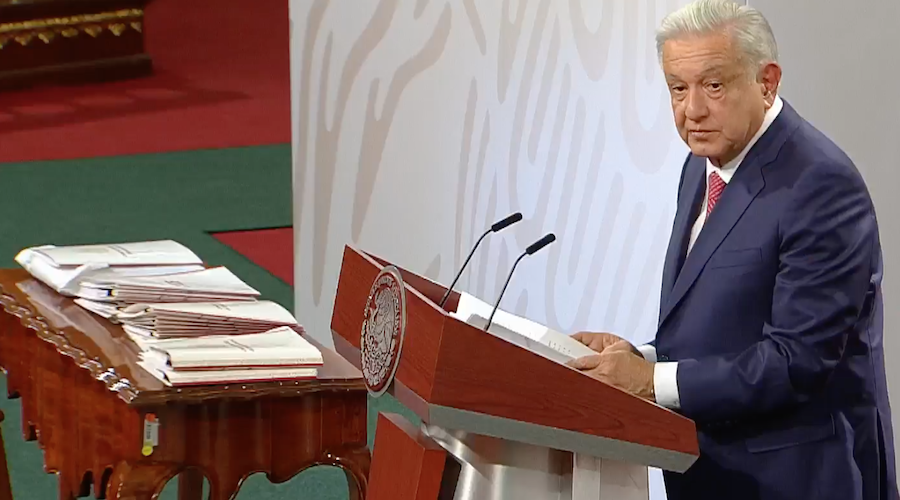URANIUM
Cameco looks to increase production as net earnings double
08 February 2024
The Canadian company said it is strategically positioned to increase tier-one production and plans to begin work to extend the life of the Cigar Lake mine to 2036 as well as looking into expanding production capacity at McArthur River/Key Lake.
.jpg?ext=.jpg) Jetboring operations underground at Cigar Lake (Image: Cameco)
Jetboring operations underground at Cigar Lake (Image: Cameco)Net earnings, adjusted net earnings, and cash from operations all more than doubled compared with 2022, the company said in its announcement of results for the fourth quarter and year ended 31 December 2023.
Cameco's 2023 financial performance benefited from higher sales volumes and realised prices in the company's uranium and fuel services segments, President and CEO Tim Gitzel said, and the company expects "strong financial performance" in 2024 as it begins to "realise the benefits" from its 2023 acquisition, with Brookfield Asset Management, of Westinghouse.
"With ongoing improvements in the market, the new long-term contracts we have put in place and our pipeline of contracting discussions, we are planning to produce 18 million pounds (100% basis) at each of McArthur River/Key Lake and Cigar Lake in 2024," Gitzel said. "We have also converted 73.4 million pounds (100% basis) (40 million pounds our share) of resources to reserves at Cigar Lake, and plan to begin the work necessary to extend the estimated mine life to 2036. At McArthur River/Key Lake, we will undertake an evaluation of the work and investment necessary to expand production up to its annual licensed capacity of 25 million pounds (100% basis), which we expect will allow us to take advantage of this opportunity when the time is right."
Cameco's attributed 2023 production from McArthur River/Key Lake was 9.4 million pounds U3O8 (3616 tU; 13.5 million pounds on 100% basis), with 8.2 million pounds from Cigar Lake (15.1 million pounds on 100% basis). The company's total 2023 attributed uranium production of 17.6 million pounds U3O8 from its Canadian operations was 69% up on 2022 production but 1.1 million pounds below the revised production plans announced by the company in September.
Kazakhstan operations
Production from JV Inkai in Kazakhstan, in which Cameco owns 40% and Kazatomprom owns 60%, continued to be impacted by a 20% supply reduction enacted by the Kazakh atomic company across all its uranium mines in Kazakhstan and continued supply chain challenges, Cameco said. It expects production to remain at similar levels to 2023 following Kazatomprom's recent announcement of the anticipated effects of shortages of sulphuric acid, an essential reagent for its in-situ leach uranium operations.
The geopolitical situation continues to cause transportation risks in the region, Cameco noted, but said it has inventory, long-term purchase agreements and loan arrangements it can draw on to mitigate these risks.
The two shipments containing Cameco's share of Inkai's 2023 production arrived in Canada. "We continue to work closely with JV Inkai and our joint venture partner, KAP, to receive our share of production via the Trans-Caspian International Transport Route, which does not rely on Russian rail lines or ports," Cameco said.
Researched and written by World Nuclear News
